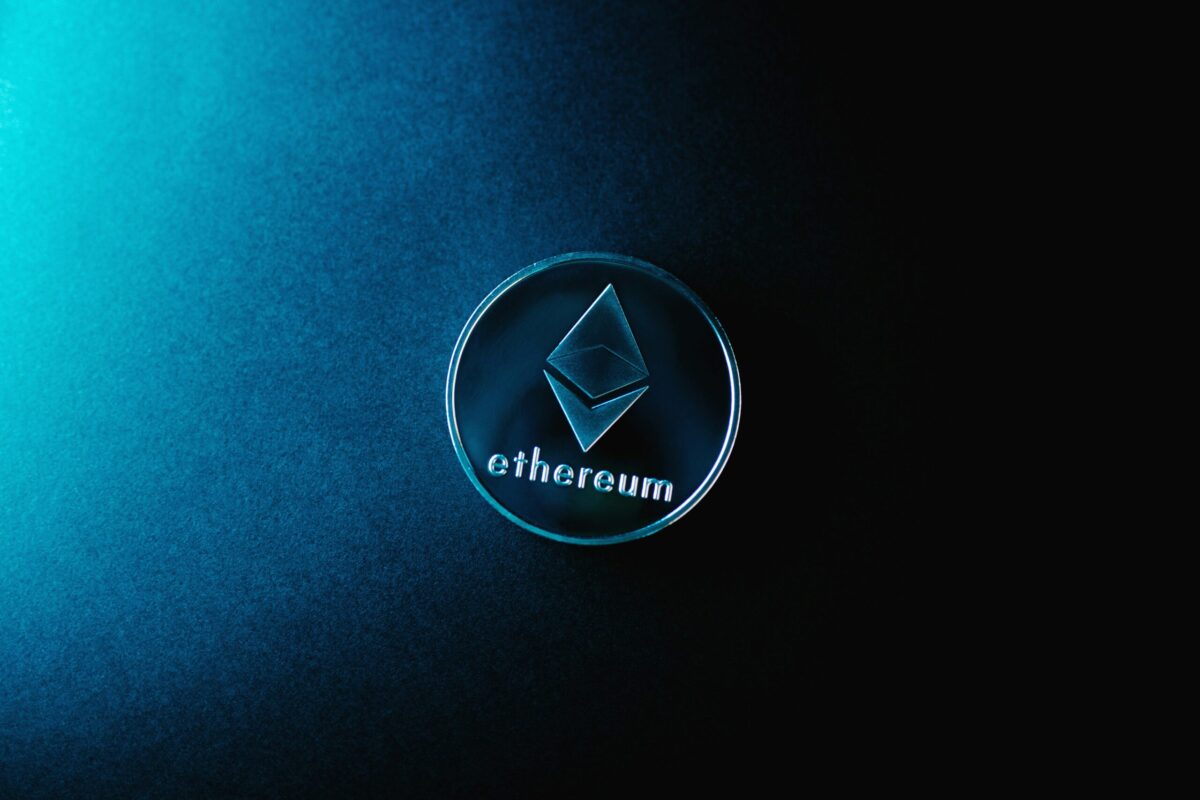Ethereum ($ETH) is once again in the spotlight as researcher, Dankrad Feist, has unveiled a bold plan aimed at solving Ethereum scalability challenges.
In a new Ethereum Improvement Proposal, EIP-9698, Feist suggests a gradual hundredfold increase in the Ethereum gas limit over the next four years.
If implemented, this move could drastically enhance Ethereum transactions per second and boost the blockchain’s base layer performance. The proposed Ethereum Layer-1 (L1) upgrades would rely on a predictable, exponential schedule, starting in 2025.
As Ethereum seeks to strengthen its position against faster competitors, EIP-9698 could be a turning point for the network’s future.
At the heart of the proposal is the introduction of a “deterministic gas limit growth schedule”. According to Feist, the idea is for Ethereum clients to adopt an exponential voting mechanism to raise the gas limit systematically.
Beginning in June 2025, the gas limit would see a tenfold increase every two years. If successfully implemented, Ethereum’s gas limit could jump from its current 36 million to 3.6 billion by 2029.
“This EIP encourages a sustainable and transparent gas limit trajectory, aligned with expected advancements in hardware and protocol efficiency”, Feist wrote in his proposal.
If achieved, this change could enable Ethereum to process up to 2,000 transactions per second, according to an ecosystem developer, Fabrice Cheng.
Currently, Ethereum processes around 15–30 transactions per second at L1, which significantly trails newer blockchains like Solana and Aptos.
While the vision is compelling, Feist also highlighted potential hurdles. A rapid increase in network throughput could strain under-optimised nodes and lead to longer block propagation times.
However, he stressed that the gradual rollout would allow node operators and developers sufficient time to optimise and adapt.
Ethereum’s community has now begun debating EIP-9698, carefully weighing the advantages of increased scalability against the potential risks of added technical complexity.
What is Ethereum’s gas limit and why does it matter?
Understanding Ethereum’s gas limit is essential to grasp the impact of this proposal. In simple terms, the gas limit places a cap on the total amount of computational work that can be performed in a single block.
Gas is a unit that measures the computational resources needed to execute transactions or run smart contracts on the Ethereum network.
Each operation on Ethereum, such as transferring $ETH or executing a smart contract, consumes a specific amount of gas. Users must pay for this gas with $ETH, and the total amount of work that can fit into a block is restricted by the gas limit.
Historically, Ethereum’s gas limit has risen as the network matured. When Ethereum launched in 2015, the gas limit per block was around 5,000. By 2021, it had climbed to approximately 15 million. After the Merge event in 2022, the limit stabilised at around 30 million. It saw another increase to 36 million earlier this year.
A higher gas limit means more transactions and more complex computations can fit into each block, theoretically allowing for greater throughput and a better user experience. However, it also introduces risks, such as centralisation pressures and potential network instability if node operators cannot keep up.
Currently, Ethereum’s relatively low throughput has led to criticism, particularly when compared to Layer 1 competitors like Solana (capable of processing up to 65,000 transactions per second) or newer projects like Sui and Aptos.
Despite these challenges, Ethereum has managed to keep its average transaction fees relatively low in recent months, hovering between 1–2 gwei.
Factors like the introduction of proto-danksharding (EIP-4844) and a migration of activity to Layer 2 solutions have played key roles.
Ethereum’s co-founder, Vitalik Buterin, has long advocated a “rollup-centric roadmap” for scaling. In this approach, Layer 2 solutions such as Optimism, Arbitrum, Base, and ZK Rollups handle most transaction volume, while the Ethereum mainnet (L1) focuses on security and data availability.
However, critics argue that this heavy reliance on Layer-2 (L2) chains creates fragmentation and complexity, potentially undermining decentralisation. Some L2 networks depend on centralised sequencers, a point of concern for proponents of decentralisation.
Feist’s proposal to expand Ethereum’s base layer capacity directly addresses these criticisms. By significantly increasing L1 throughput, Ethereum could offer a more seamless and competitive experience without sacrificing its decentralisation principles.
Major changes coming to Ethereum
Feist’s EIP-9698 is not the only initiative aimed at scaling Ethereum. Developers are also advancing a separate proposal, EIP-7935, which aims to raise the gas limit to 150 million by the upcoming Fusaka hard fork.
The Fusaka upgrade is tentatively scheduled for late 2025, although no exact date has been finalised. The Ethereum community is simultaneously preparing for the Pectra upgrade, which is expected in May 2025. Pectra will focus on improving network scalability and performance, complementing other ongoing upgrades.
In addition to gas limit proposals, Vitalik Buterin has introduced another bold idea: replacing Ethereum’s Virtual Machine (EVM) bytecode with RISC-V, an open-source instruction set architecture.
Developers believe this transition could accelerate zero-knowledge proof computations by up to 100 times, drastically reducing transaction costs and boosting scalability.
The RISC-V upgrade, if implemented, would maintain compatibility with existing smart contracts and popular development tools like Solidity and Vyper. Analysts view the proposal as complementary to other scalability-focused efforts like EIP-9698 and the Pectra upgrade.
Market sentiment towards Ethereum appears cautiously optimistic. According to data from Glassnode, Ethereum ETFs recently experienced their first net positive inflow after eight consecutive weeks of outflows.
Around 40,000 $ETH flowed into Ethereum investment funds, indicating a potential shift in institutional appetite.
CoinShares also reported that the crypto market recorded $3.4 billion in inflows last week, the third-highest figure ever. Bitcoin accounted for $3.18 billion, while Ethereum followed with $183 million.
At press time, $ETH was trading at around $1,783, down slightly by 0.84% over the last 24 hours. Despite this short-term decline, Ethereum’s macro outlook shows positive signs.
Crypto analyst and Capriole Funds founder, Charles Edwards, noted that Ethereum’s Macro Index has started trending upward, suggesting a long-term bullish reversal.
Meanwhile, the Fusaka upgrade will also introduce the EVM Object Format (EOF). This major enhancement restructures how smart contract bytecode is stored and processed, aiming to make the EVM more efficient.
EOF will replace today’s loosely structured bytecode blobs with a cleaner, containerised format, featuring a header, metadata section, and distinct sections for code and data. This structure not only simplifies contract execution but also improves overall network efficiency and developer experience.
As Tomasz Kajetan Stańczak from the Ethereum Foundation confirmed, the EOF upgrade will be included in the Fusaka network upgrade, expected in Q3 or Q4 of 2025.
The push for expanding Ethereum’s base layer capacity marks a pivotal moment in the network’s evolution. While Ethereum’s commitment to L2 scaling remains strong, proposals like EIP-9698 demonstrate a renewed focus on enhancing L1 performance.
Dankrad Feist’s plan offers a gradual, predictable pathway to scale Ethereum’s throughput while balancing decentralisation and network stability.
If adopted, the changes could help Ethereum better compete with newer, faster blockchains while maintaining its security-first philosophy.
At the same time, the community must carefully consider the risks, including potential technical debt and infrastructure challenges. With critical upgrades like Fusaka and Pectra on the horizon, the next few years will be crucial for Ethereum’s scalability journey.


